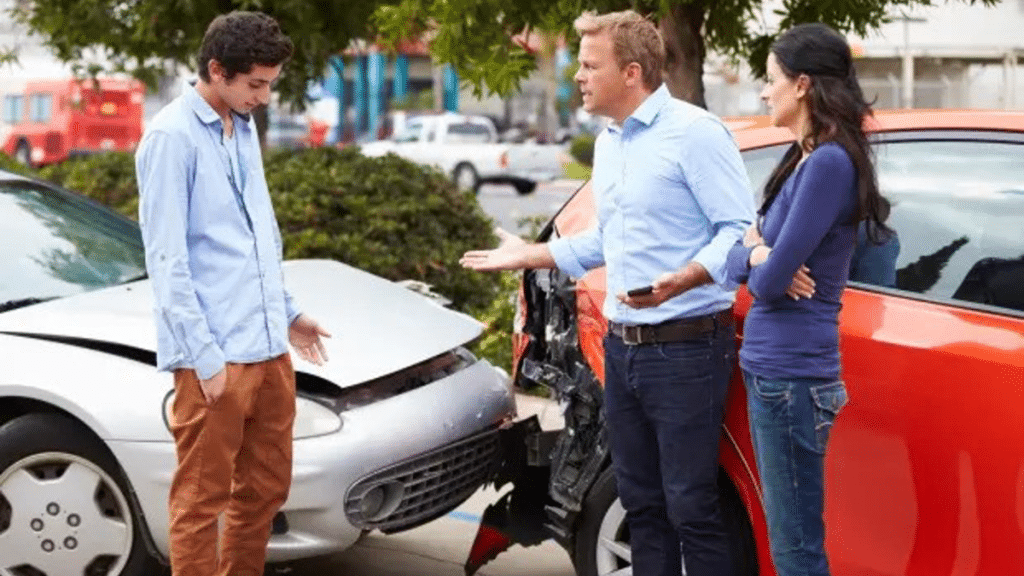When someone gets behind the wheel, they accept the responsibility to drive safely. This legal obligation, the duty of care, demands full attention, reasonable caution, and adherence to traffic laws. Accidents often follow when a driver fails to meet this standard, leaving victims injured and searching for answers. Proving that someone breached this duty is critical in holding them accountable.
The car accident attorneys at QuellerFisher work tirelessly to prove this breach and fight for justice on behalf of injured victims. They rely on facts, expert analysis, and deep knowledge of personal injury law to show how a driver’s careless actions caused harm. Their efforts help clients recover, hold reckless drivers responsible, and prevent future tragedies.
In this blog post, we will reveal the information that will help you understand the breach of duty of care in car accidents.
Defining the Duty of Care in Car Accidents
The duty of care in car accident litigation refers to a driver’s legal responsibility to operate a vehicle safely and reasonably. This responsibility includes obeying traffic laws, maintaining vehicle control, staying alert, and reacting appropriately to road conditions. Every licensed driver assumes this duty the moment they take the wheel.
Courts consider a driver’s actions based on what a reasonably prudent person would do in a similar situation. If drivers behave recklessly or disregard others’ safety, they breach this obligation. Proving this breach is key in holding them accountable for the injuries or damage that follow.
What Constitutes a Breach?
A breach occurs when a driver fails to act in a way that a reasonable person would under the same circumstances. Examples include texting while driving, speeding through red lights, tailgating, or driving under the influence. These actions put others at risk and undermine society’s trust in drivers to behave responsibly.
In some cases, failing to act also qualifies as a breach. For instance, a driver who sees a stop sign but chooses not to slow down creates a dangerous situation. Failing to use a turn signal in busy traffic creates confusion and increases the risk of a collision.
How Courts Determine a Breach of Duty
Courts examine multiple factors to ascertain if a driver breached the duty of care. These include traffic camera footage, witness statements, accident reconstructions, and police reports. Legal professionals gather this evidence to build a case showing how the driver acted recklessly or carelessly.
The court also compares the driver’s actions to those of a hypothetical “reasonable driver.” If the evidence shows that the defendant failed to meet that standard, the court identifies a breach. This step becomes critical in assigning legal responsibility for the resulting accident.
The Role of Evidence
Clear, compelling evidence often makes the difference in proving a breach. Skid marks, broken glass, and damaged vehicles tell a story about how the collision happened. Witnesses and video recordings confirm or challenge a driver’s account. Phone records reveal if someone texted or called during the moments leading up to the crash.
Legal teams gather and analyze this information to prove that one driver failed in their duty. Without this evidence, proving fault becomes much more difficult. Strong, organized documentation allows courts to reach fair conclusions and protect the rights of injured parties.
Why Breach of Duty Matters
Establishing a breach of duty forms one of the four essential elements of negligence in car accident claims. An injured person may not receive compensation without proving that a driver broke their legal responsibility. The legal system relies on this principle to assign blame, award damages, and promote safer driving behavior.
In conclusion, a breach of duty of care in a car accident reflects a breakdown in trust between drivers and everyone who shares the road. It signals a failure to respect others’ safety and creates consequences that ripple through lives and families. Recognizing, proving, and addressing this breach remains central to delivering justice for accident victims and building a safer road for all.
